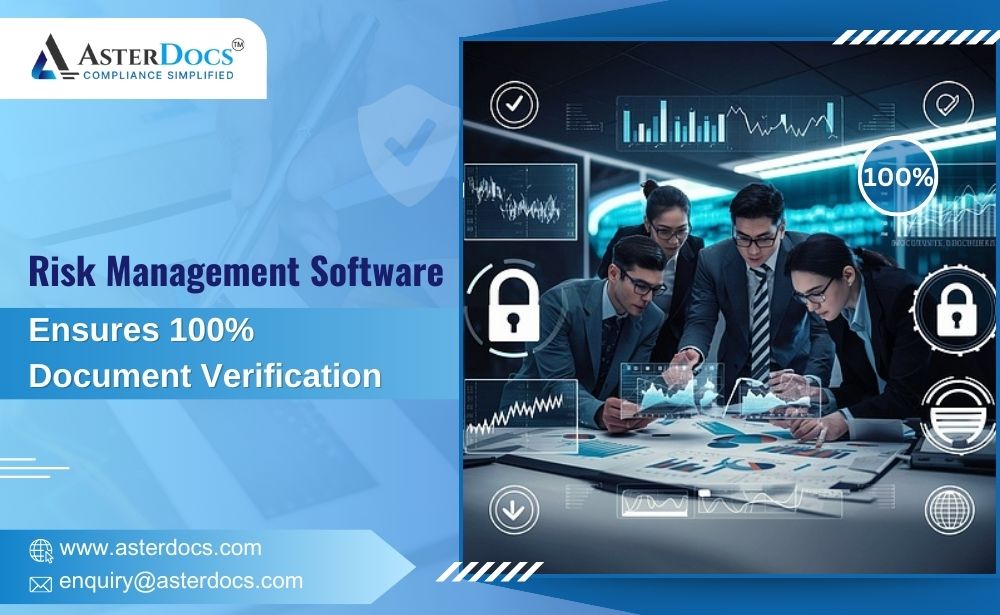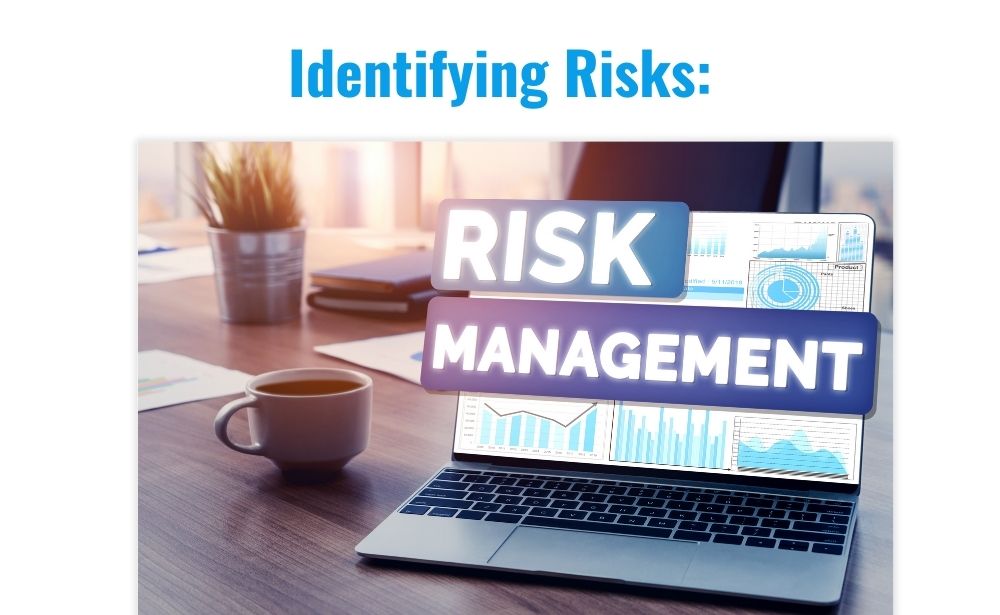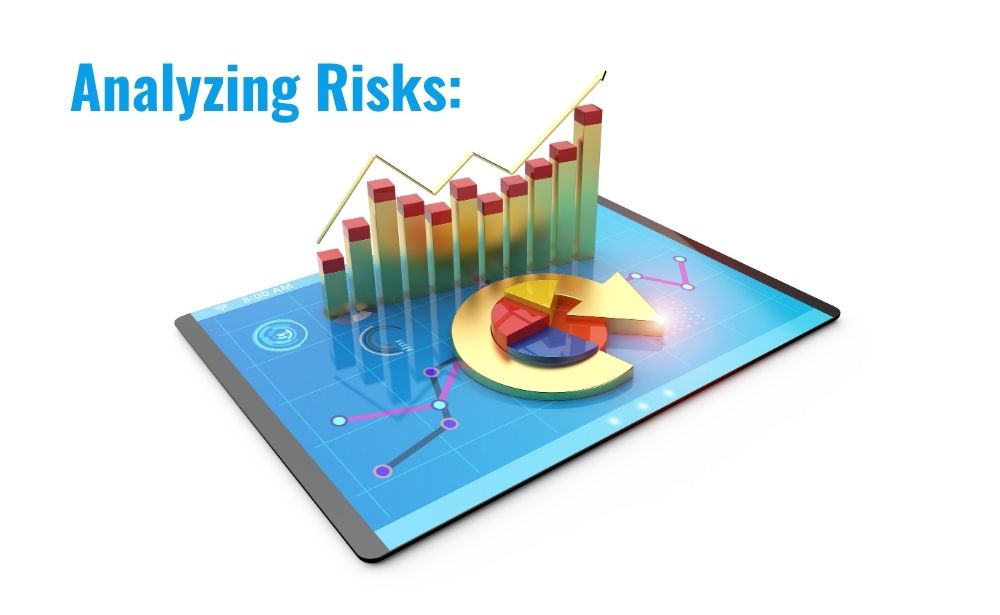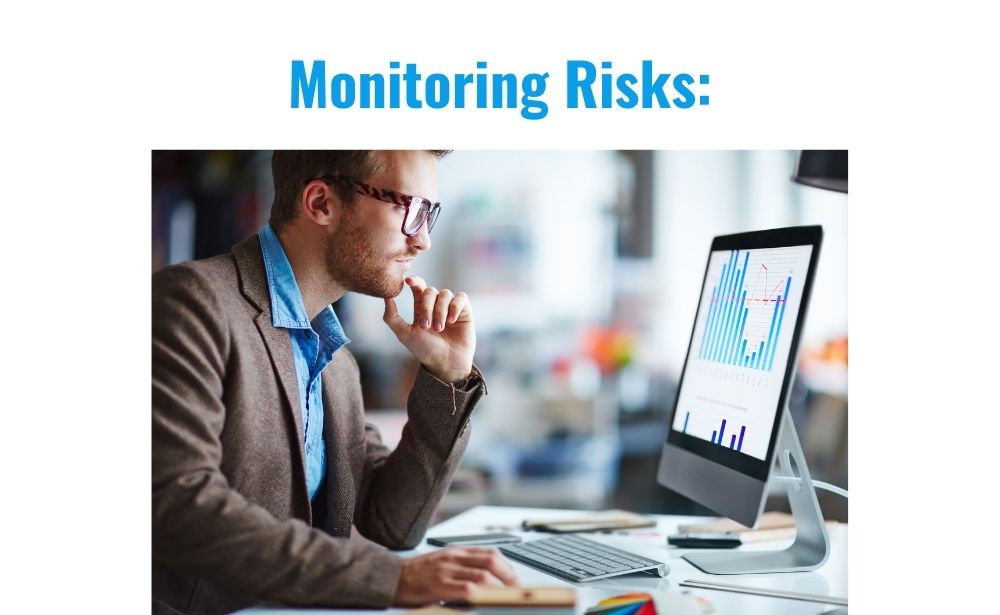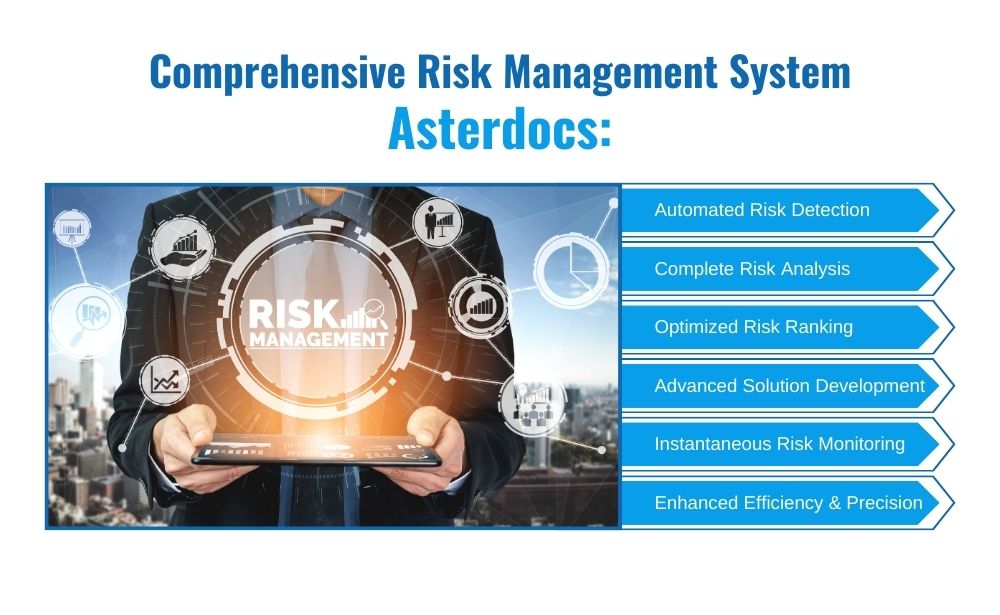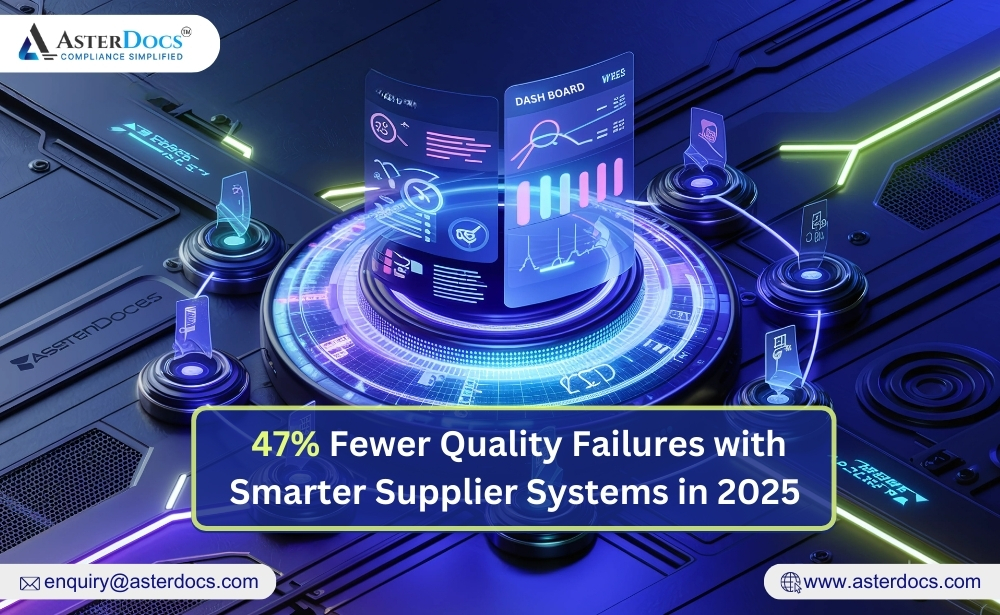In today’s fast-paced business environment, effective risk management is crucial for the success and sustainability of any organization. The traditional methods of handling risks are becoming obsolete as companies increasingly turn to sophisticated risk management systems to ensure their processes are streamlined and their documents are 100% verified. This blog explores the top five elements of risk management and how risk management software, specifically Asterdocs, bridges the gap between manual risk management and gaining fully verified data.
5 Most Important Elements of Risk Management
1. Identifying Risks
The first and foremost step in risk management is the identification of potential risks. This involves recognizing any factors that could threaten the success of business operations. Risk Management Software would excel in this area by employing advanced algorithms to scan and identify even potential risks that might not be immediately apparent. This proactive approach sets Asterdocs apart as a unique potential risk management software, offering a level of foresight that is critical in today’s dynamic market.
2. Analyzing Risks
Once risks are identified, the next step is to analyze them to understand their potential impact. This involves assessing the likelihood of each risk occurring and the severity of its consequences. Risk Management Software will facilitate this process by providing detailed analytical tools that break down risks into understandable metrics. The software’s user-friendly interface allows risk managers to easily interpret data and make informed decisions based on comprehensive risk assessments.
3.Prioritizing Risks
Not all risks are created equal; some require immediate attention while others may be less critical. Prioritizing risks is essential to ensure that resources are allocated effectively. Risk Management Software enables organizations to prioritize risks efficiently through its sophisticated ranking system. The software automatically categorizes risks based on their potential impact and urgency, ensuring that the most significant threats are addressed promptly.
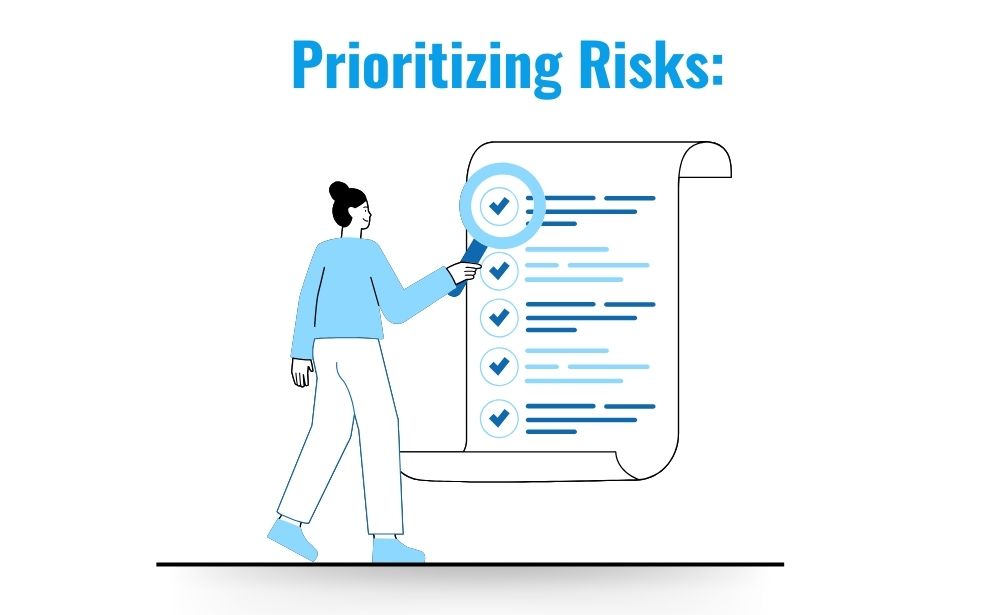
Identifying, analyzing, and prioritizing risks are all preparatory steps leading to the development of effective risk mitigation strategies. Risk Management Software will support this by offering a range of solution-oriented features. These include the ability to create and manage action plans, assign tasks to team members, and track the progress of risk mitigation efforts. This comprehensive approach ensures that every identified risk is addressed systematically and effectively.
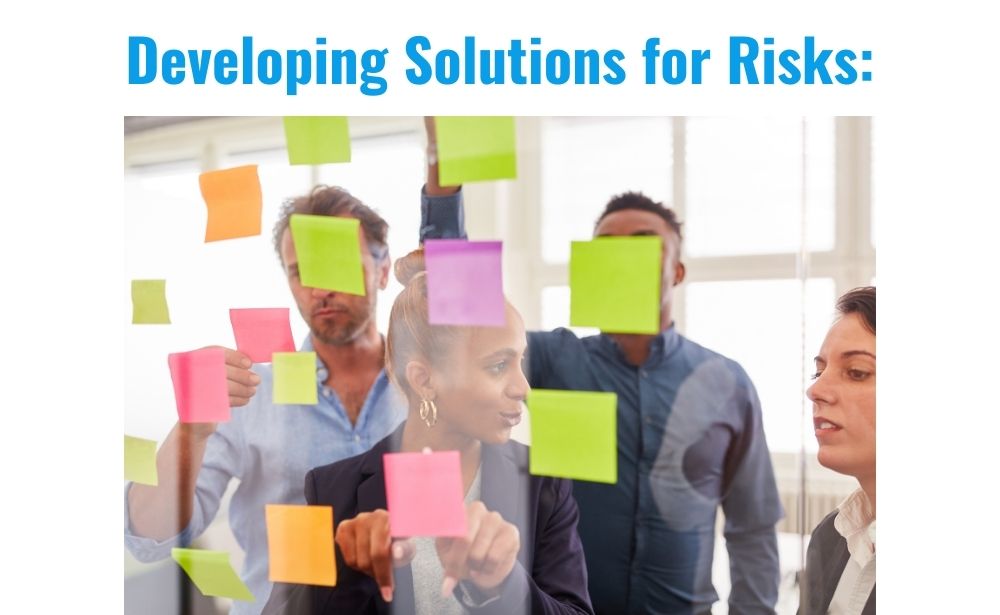
Risk management is not a one-time task but an ongoing process. Continuous monitoring is essential to ensure that risks remain under control and that mitigation strategies are effective. Asterdocs provides robust monitoring capabilities, allowing organizations to track risks in real time. The software generates alerts and reports that keep risk managers informed about any changes in the risk landscape, facilitating prompt responses to emerging threats.
The Comprehensive Risk Management System— AsterDocs
Asterdocs is a state-of-the-art risk management system designed to revolutionize how businesses handle risk management and documentation. Here are the key features that make Asterdocs a standout solution in the industry:
Automated Risk Detection: Asterdocs employs advanced algorithms to automatically identify risks, including potential ones that might not be immediately visible. This proactive risk identification saves time and ensures comprehensive coverage of all possible threats.
Complete Risk Analysis: The software provides detailed analytical tools that break down risks into understandable metrics, allowing for a thorough examination of their potential impact. This detailed analysis facilitates informed decision-making and effective risk mitigation strategies.
Optimized Risk Ranking: Asterdocs features a sophisticated ranking system that categorizes risks based on their potential impact and urgency. This automated prioritization ensures that the most critical risks are addressed first, optimizing resource allocation and response times.
Advanced Solution Development: With Asterdocs, developing solutions for identified risks is straightforward. The platform allows for the creation and management of action plans, task assignments, and progress tracking, ensuring that risk mitigation efforts are systematic and effective.
Instantaneous Risk Monitoring: Continuous monitoring is essential for effective risk management. Asterdocs provides robust real-time monitoring capabilities, generating alerts and reports to keep risk managers informed of any changes. This feature allows for prompt responses to emerging threats, maintaining a high level of risk control.
Enhanced Efficiency & Precision: By automating key risk management processes, Asterdocs significantly reduces the time taken for documentation and risk identification. This automation not only speeds up operations but also increases accuracy, minimizing human error and ensuring that all documentation is 100% verified.
Bridging the Gap with Asterdocs
Asterdocs stands out as an innovative risk management system that significantly enhances the traditional risk management process. By automating the identification, analysis, prioritization, and monitoring of risks, Asterdocs ensures that all documents are 100% verified and free from potential threats. This software bridges the gap between manual risk management and complete data verification, offering a seamless solution for businesses seeking to improve their risk management practices.
Conclusion
For small and medium-sized businesses (SMBs), manually managing risks can be time-consuming and prone to errors. In contrast, utilizing a document management system (DMS) or risk management software like Asterdocs smoothens the daily process of ensuring documentation authenticity, credibility, and potential risk mitigation. By integrating Asterdocs into their operations, businesses can achieve a higher level of efficiency and security, allowing them to focus on growth and innovation without being hindered by unmanaged risks.


